-
 Bitcoin
Bitcoin $115700
0.65% -
 Ethereum
Ethereum $3785
3.93% -
 XRP
XRP $3.033
1.78% -
 Tether USDt
Tether USDt $1.000
0.04% -
 BNB
BNB $770.7
0.50% -
 Solana
Solana $168.4
0.56% -
 USDC
USDC $1.000
0.02% -
 TRON
TRON $0.3403
1.83% -
 Dogecoin
Dogecoin $0.2113
3.84% -
 Cardano
Cardano $0.7539
2.34% -
 Hyperliquid
Hyperliquid $38.84
1.28% -
 Sui
Sui $3.700
6.88% -
 Stellar
Stellar $0.4069
2.56% -
 Chainlink
Chainlink $17.80
6.93% -
 Bitcoin Cash
Bitcoin Cash $573.5
0.73% -
 Hedera
Hedera $0.2478
1.24% -
 Ethena USDe
Ethena USDe $1.001
0.00% -
 Avalanche
Avalanche $22.42
1.58% -
 Litecoin
Litecoin $120.6
2.58% -
 UNUS SED LEO
UNUS SED LEO $8.962
-0.29% -
 Toncoin
Toncoin $3.296
2.09% -
 Shiba Inu
Shiba Inu $0.00001251
1.77% -
 Uniswap
Uniswap $9.982
3.75% -
 Polkadot
Polkadot $3.710
1.55% -
 Dai
Dai $1.000
0.00% -
 Bitget Token
Bitget Token $4.425
1.98% -
 Monero
Monero $265.2
-7.14% -
 Cronos
Cronos $0.1472
2.44% -
 Pepe
Pepe $0.00001073
2.66% -
 Aave
Aave $270.9
4.17%
How to short on Bitget? Bitget contract short selling operation steps
Short selling on Bitget involves opening a short position on futures or perpetual contracts, betting on price drops, and requires careful market monitoring and risk management.
May 28, 2025 at 02:35 pm
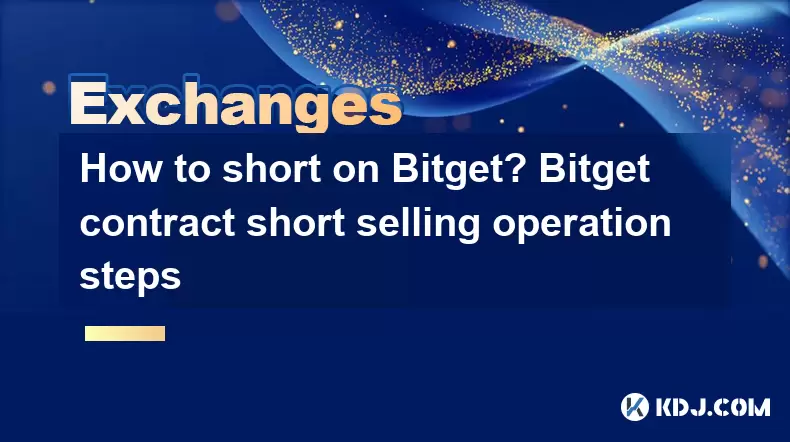
Short selling on Bitget involves borrowing an asset that you believe will decrease in value, selling it on the market, and then buying it back at a lower price to return to the lender, pocketing the difference as profit. This process is particularly relevant in the cryptocurrency market where prices can be highly volatile. In this article, we will detail the steps to short sell on Bitget, a popular cryptocurrency exchange platform that offers futures and perpetual contracts.
Understanding Short Selling on Bitget
Short selling on Bitget is facilitated through their futures and perpetual contract trading platform. Futures contracts are agreements to buy or sell an asset at a future date at a predetermined price, while perpetual contracts are similar but without an expiration date. To short sell on Bitget, you need to open a short position on a futures or perpetual contract, betting that the price of the underlying asset will go down.
Preparing to Short Sell on Bitget
Before you can short sell on Bitget, you need to ensure that you have a funded account and are familiar with the platform's interface. Here are the steps to prepare:
- Register and verify your account: If you haven't already, sign up for a Bitget account and complete the necessary KYC (Know Your Customer) verification process.
- Fund your account: Deposit the required cryptocurrency into your Bitget account. You can use USDT, BTC, or other supported cryptocurrencies.
- Navigate to the futures trading section: On the Bitget platform, go to the futures trading section where you can access both futures and perpetual contracts.
Opening a Short Position on Bitget
Once you are ready, you can proceed to open a short position. Here's how to do it:
- Select the contract: Choose the futures or perpetual contract you want to short. Bitget offers contracts for various cryptocurrencies like BTC, ETH, and others.
- Choose the leverage: Decide on the leverage you want to use. Higher leverage can increase both potential profits and losses.
- Set the order type: You can choose between market orders and limit orders. A market order will execute at the current market price, while a limit order will only execute at your specified price or better.
- Enter the position size: Specify the amount you want to short. This will determine how much you can potentially earn or lose.
- Open the short position: Click on the "Sell" or "Short" button to open your short position. If you used a market order, the position will open immediately. If you used a limit order, it will open when the market reaches your specified price.
Managing and Closing Your Short Position
After opening a short position, you need to manage it and decide when to close it. Here are the steps:
- Monitor the market: Keep an eye on the price movements of the asset you have shorted. Use technical analysis, news, and other market indicators to inform your decisions.
- Set stop-loss and take-profit orders: To manage risk, set a stop-loss order to automatically close your position if the price moves against you to a certain level. Similarly, set a take-profit order to automatically close your position if the price reaches your target profit level.
- Close the position manually: If you prefer, you can close your position manually by clicking on the "Buy" or "Close" button to repurchase the asset at the current market price.
- Calculate your profit or loss: After closing your position, Bitget will calculate your profit or loss based on the difference between the price at which you opened and closed your short position, adjusted for any fees and leverage used.
Risks and Considerations of Short Selling on Bitget
Short selling on Bitget, like any trading activity, comes with significant risks. Here are some important considerations:
- Market risk: The cryptocurrency market is highly volatile, and prices can move quickly against your position, resulting in significant losses, especially if you are using high leverage.
- Liquidation risk: If the market moves against your short position and your losses exceed your margin, Bitget may liquidate your position to cover the losses, resulting in a total loss of your initial investment.
- Funding rates: For perpetual contracts, you may need to pay or receive funding rates, which can affect your overall profit or loss.
- Regulatory risk: Cryptocurrency regulations can change, impacting your ability to trade and potentially resulting in losses.
Frequently Asked Questions
Q: Can I short sell any cryptocurrency on Bitget?
A: Bitget offers futures and perpetual contracts for a variety of cryptocurrencies, but not all cryptocurrencies are available for short selling. You can check the list of available contracts on the Bitget platform.
Q: What is the minimum amount I need to short sell on Bitget?
A: The minimum amount required to short sell on Bitget can vary depending on the contract and the leverage you use. You can find the specific requirements for each contract on the Bitget platform.
Q: How long can I hold a short position on Bitget?
A: For futures contracts, the duration is determined by the expiration date of the contract. For perpetual contracts, you can hold the position indefinitely, but you need to be aware of funding rates and other ongoing costs.
Q: Can I use stop-loss and take-profit orders on Bitget?
A: Yes, Bitget allows you to set stop-loss and take-profit orders to manage your short positions automatically. These orders can help limit your losses and lock in profits.
Disclaimer:info@kdj.com
The information provided is not trading advice. kdj.com does not assume any responsibility for any investments made based on the information provided in this article. Cryptocurrencies are highly volatile and it is highly recommended that you invest with caution after thorough research!
If you believe that the content used on this website infringes your copyright, please contact us immediately (info@kdj.com) and we will delete it promptly.
- Bitcoin's Wild Ride: Bollinger Bands, $117K, and What's Next?
- 2025-08-08 00:30:12
- Ripple, Rail, and Stablecoin Payments: A $200M Power Play
- 2025-08-07 22:50:12
- Punisher Coin Presale: The Next $Trump? Aiming for 100x Gains!
- 2025-08-07 22:50:12
- Riding the Crypto Wave: Presale Cryptos, Cold Wallets, and the BTC Bull Run
- 2025-08-07 23:10:12
- Crypto's Wild Ride: Punisher Coin, Popcat, and the Meme Coin Mania
- 2025-08-07 23:10:12
- Bitcoin Price, XRP Prediction, Cryptocurrency: Navigating the Wild West of Digital Assets
- 2025-08-07 23:15:12
Related knowledge

How to deposit USD on Bitstamp
Aug 07,2025 at 05:18pm
Understanding Bitstamp and USD DepositsBitstamp is one of the longest-standing cryptocurrency exchanges in the industry, offering users the ability to...

How to find my transaction ID on Gemini
Aug 08,2025 at 12:50am
Understanding the Transaction ID in Cryptocurrency ExchangesA transaction ID (TXID) is a unique alphanumeric string that identifies a specific transfe...
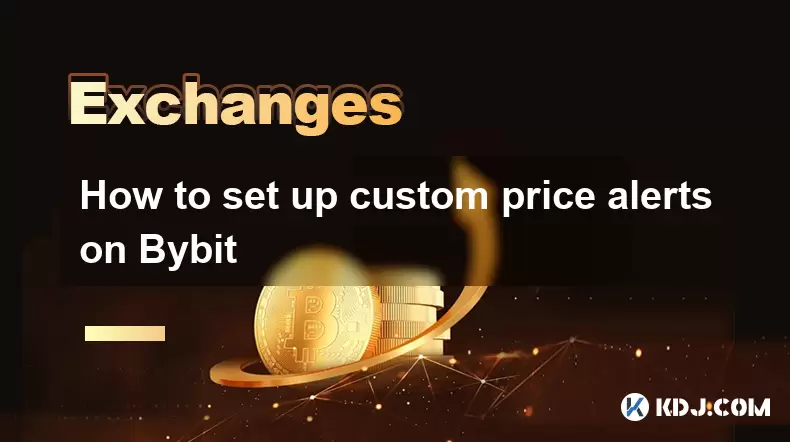
How to set up custom price alerts on Bybit
Aug 07,2025 at 04:31pm
Understanding Price Alerts on BybitPrice alerts on Bybit are essential tools for traders who want to stay informed about significant price movements i...
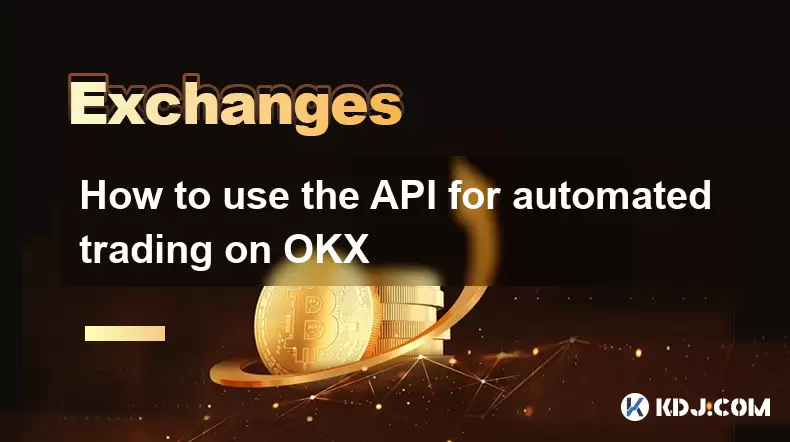
How to use the API for automated trading on OKX
Aug 07,2025 at 05:21pm
Understanding the OKX API for Automated TradingThe OKX API provides a powerful interface for users to automate their trading strategies, access real-t...
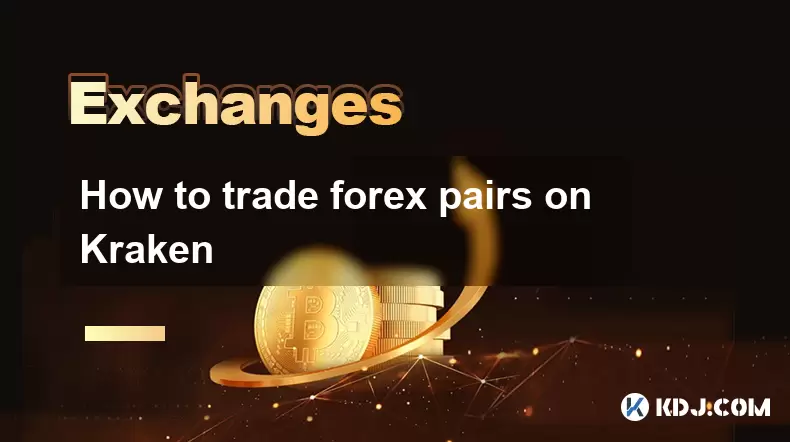
How to trade forex pairs on Kraken
Aug 07,2025 at 11:49pm
Understanding Forex Pairs on KrakenKraken is primarily known as a cryptocurrency exchange, but it also supports select forex pairs through its Kraken ...
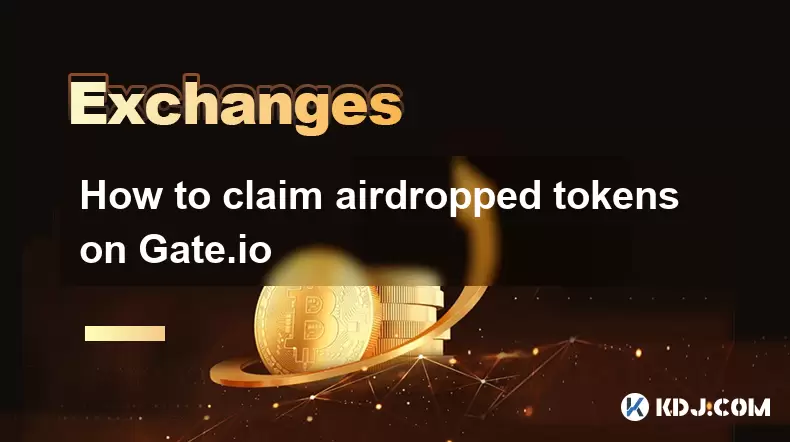
How to claim airdropped tokens on Gate.io
Aug 07,2025 at 04:01pm
Understanding Airdropped Tokens on Gate.ioAirdropped tokens are digital assets distributed for free by blockchain projects to promote awareness, incen...

How to deposit USD on Bitstamp
Aug 07,2025 at 05:18pm
Understanding Bitstamp and USD DepositsBitstamp is one of the longest-standing cryptocurrency exchanges in the industry, offering users the ability to...

How to find my transaction ID on Gemini
Aug 08,2025 at 12:50am
Understanding the Transaction ID in Cryptocurrency ExchangesA transaction ID (TXID) is a unique alphanumeric string that identifies a specific transfe...

How to set up custom price alerts on Bybit
Aug 07,2025 at 04:31pm
Understanding Price Alerts on BybitPrice alerts on Bybit are essential tools for traders who want to stay informed about significant price movements i...

How to use the API for automated trading on OKX
Aug 07,2025 at 05:21pm
Understanding the OKX API for Automated TradingThe OKX API provides a powerful interface for users to automate their trading strategies, access real-t...

How to trade forex pairs on Kraken
Aug 07,2025 at 11:49pm
Understanding Forex Pairs on KrakenKraken is primarily known as a cryptocurrency exchange, but it also supports select forex pairs through its Kraken ...

How to claim airdropped tokens on Gate.io
Aug 07,2025 at 04:01pm
Understanding Airdropped Tokens on Gate.ioAirdropped tokens are digital assets distributed for free by blockchain projects to promote awareness, incen...
See all articles

























































































